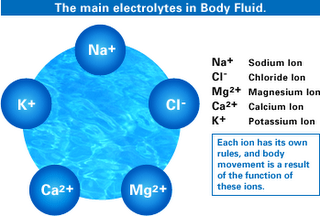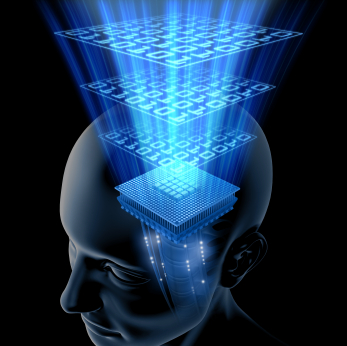Genetics
Computer Membranes
Attitudes towards genes have changed very recently. A new science called epigenetics is going mainstream. To a large degree this is due to an innovative cellular biologist by the name of Dr. Brice Lipton who has promoted a different view of how we look at the body, it’s development and function.
The commonly held viewpoint is that DNA regulates and controls growth and metabolism in the body. In other words, the genes dictate to the cell what proteins it is to produce and what machinery it is to create in order for the various functions of the body to occur. Dr. Lipton claims that this is backwards to what actually occurs.
The story goes like this. Dr. Lipton was looking over material relating to the cell membrane, his area of expertise, and he was reviewing the mechanics of the molecules in the cell membrane. The pattern of the cell membrane was basically that of liquid crystal he realized. Not just a liquid crystal but a liquid crystal semiconductor with channels and gates. He thought, “That sounds familiar, where did I see that before?” He looked and on his table there was a computer book, “Understanding your Microprocessor”. It defined a computer chip as a crystal semiconductor with channels and gates. “AHA!” he thought as he started to make comparisons. He realized that we were looking at it all wrong. It wasn’t the DNA that was regulating and telling the cell what to do, it was the cell membrane. IN other words, the membrane acts like the central processing computer chip does in the computer. This is what “runs” the computer. The DNA is data storage, the hard drive or memory disc. It is the central processing unit, or in the cells the membrane, that dictates what portions of the hard drive (or DNA in the cell) are accessed and used, including what applications are activated. The central processing unit depends on external input in order to perform appropriately. In the case of the cell membrane, external input also determines what DNA applications are activated. This is in the form of environmental membrane stimulus. The action of the environment determining which genes are activated is studied in the field of epigenetics. Epigenetics is finding that the environment is much more involved in determining which genes are or are not expressed than was previously realized.
Comparing the cell, it’s membrane and DNA storage of information to a computer opens up a whole field of fascinating speculation. What are viruses for instance? They are simply DNA in a protein sheath. Technically viruses aren’t even alive. This has been a matter of consternation for the medical profession. They are used to killing things to solve the problem. Antibiotics kill the bad organisms by poisoning them one way or another. That’s why antibiotics don’t work on viruses. How do you kill something that’s not alive in the first place? If a virus is a packet of DNA (like computer bytes of data) and it goes from one living organisms to another where the data is then injected and used, doesn’t that sound a lot like a jump drive or flash drive (I apologize to those not versed in computer lingo). You could even speculate so far as saying that maybe “viruses” are a normal method of communication or sharing information between organisms.
Perhaps for instance an organism in one place encounters a a certain chemical, biological or environmental stress and has had to adapt. It could then share this information with other organisms of it’s type that have not yet been exposed to it so that they would then have an easier time should they encounter the same stress. In other words, it could help the organisms to “gear up” like the body’s antibody system does when it encounters a new foreign protein. True or not, it’s interesting to think about isn’t it? Cells have been found to already have receptor sites built into them for receiving viruses. If something goes wrong and data become corrupted, however, then you would have a problem. You literally have a virus in the system. The soluti9on in this case would be to scan the data first in order to properly determine if it should be applied or rejected. You don’t kill viruses. You make the body healthy enough so that you restore communication with the organism’s “core programming” enough so that it then rejects the corrupted data; it rejects the virus.
The natural approach to infectious organisms has never been to “kill” the infection. It has always been to make the body healthy so that the body rejects the infectious organisms or at the very least makes the environment inside the body so that the infectious organisms cannot function and survive. This is why natural immune system enhancers can handle viruses while “advanced” medicine cannot.
I know I have ventured into a lot of unproven speculation when I compare viruses to jump drives, but the nature of a cellular membrane functioning as a computer chip has a great deal of solid evidence. Scientists (Cornell; et al) published an article in Nature , for instance, where they successfully used a cell membrane to get a digital readout on a screen. They successfully used it like a computer chip.
If nothing else this stresses the importance of healthy cell membranes and the importance of the good fats, cholesterol and proteins which form the structure of the membranes. I wrote this article for two main reasons. The first was that I though that many might find the information interesting. The second was to let people know that you don’t have to be afraid of viruses and infectious organisms, that you can do something about them besides antibiotics. If you feel that things in your body are not functioning correctly, or if antibiotics don’t seem to be solving the problem, call 260-459-6160 (Fort Wayne) 773-929-3964 (Chicago)nto see if we might be able to help.
SEE ALSO “CAUSES OF DISEASE“











